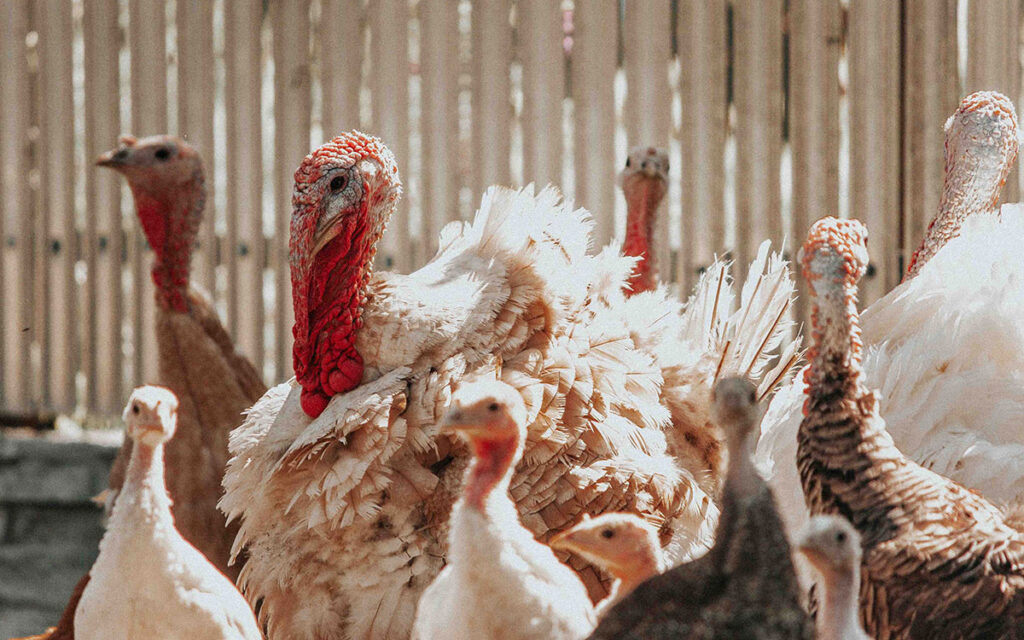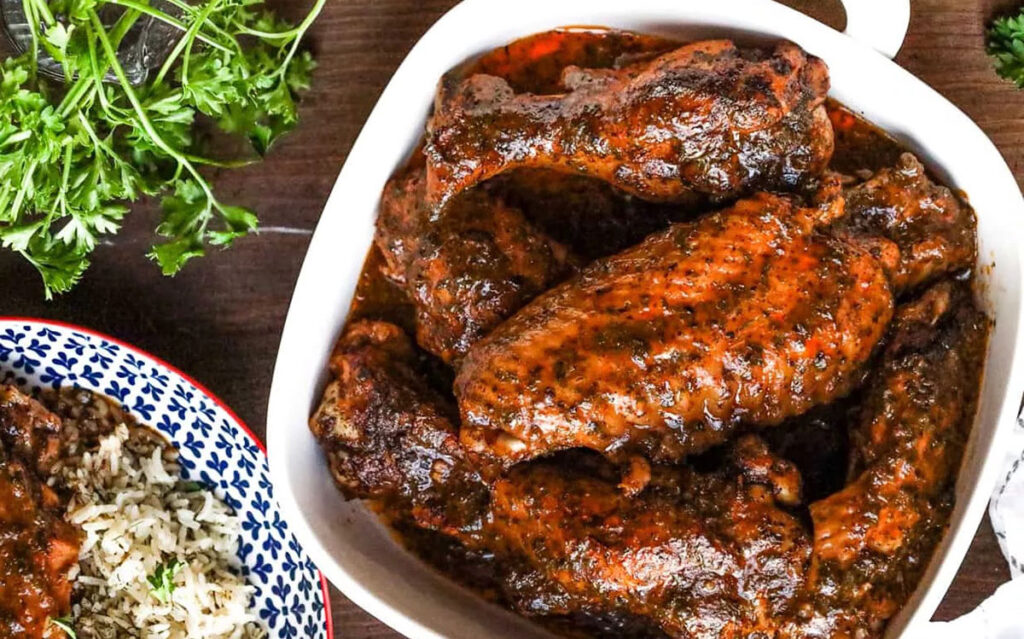The classic centerpiece at the festive table, turkey is a poultry meat with good health credentials, making it a worthy inclusion, whatever the time of year. Native to North America, turkey is a large poultry bird. Roasted whole or as a ‘crown’, it is traditionally served with stuffing and trimmings. Turkey is incredibly healthy, and this well-liked protein source has deservedly earned its reputation as one of the most consumed meats in the world.

Big in flavor, high in protein, and low in fat, turkey is a fantastic option all year-round. (Photo: Vlad Loan)
Nutrition and health benefits
Turkey is a good source of lean protein and vitamin B complex. Nutritionally, they are pretty much on par with chicken (eaten without skin): low in saturated fat and cholesterol. A serving of turkey breast meat, i.e., about one and a half slices provides approximately 2% of the daily calories an average person needs (based on a 2,000-calorie diet); 11% of protein; and just 1% of total fat.
Top health benefits of eating turkey
Rich in protein: Although turkey is a lean meat, take note: its high protein and low fat content can cause the meat to cook quickly and become dry. Brining, adding fattier ingredients, and jointing the bird for more even cooking can help to retain moisture. The protein is of high quality, supplying all nine essential amino acids we need for growth and repair.
Good source of B vitamins: Turkey meat is a useful contributor of B vitamins that include vitamins B3, B6, and B12. These vitamins are needed for energy production, brain function, and the formation of red blood cells, which carry oxygen throughout your body.
Good source of minerals: Rich in selenium, zinc, phosphorus, and iron, the inclusion of turkey meat in the diet supports thyroid function, immunity, bone health, and energy production. The darker cuts of meat, like the legs and thighs, are richer in certain minerals, such as iron.
Low in fat: Turkey is packed with muscle from expending short bursts of energy like flapping their wings and scurrying away from predators. This is why it has very little fat, and most of what it does have, is found below the skin. Fat plays an important role in a healthy diet, and it helps keep meat moist, succulent, and full of flavor. The fat in turkey meat is largely the favorable unsaturated variety, with only a third being saturated. How the meat is cooked also impacts the fat content. Strips of fattier meat, like bacon, are often added to the leanest parts of the turkey to help offset dryness during cooking.
Good for your heart: A diet that includes turkey may be good for your heart because of its low-fat content, high level of protein, and wide range of vitamin contributions. According to a comprehensive observational study of females, higher diets of poultry and fish were related to a lower risk of coronary artery disease.
Add More Turkey To Your Diet
Now that you are aware of the health benefits of turkey, let’s talk about some of the ways you can add more turkey to your diet.
- Grill, barbecue, or bake turkey wings

Turkey wings are a source of protein and other nutrients, such as selenium, iron, and calcium. (Photo: Savory Thoughts)
- Add slices of turkey to salads to give your meal a protein boost

Adding a few turkey slices can easily take the protein content of any salad from moderate to high. (Photo: Driscoll’s)
- Combine turkey with tomatoes, pesto, mustard, and other toppings to make a delicious sandwich

Nothing beats a simple deli turkey sandwich! (Photo: Roman Odintsov)
- Use ground turkey for burgers
- Make your own soup stock with turkey bones
- Use leftovers for casseroles and curries

Leftover turkey is perfect for casseroles and curries. (Photo: Slow Cooker Club)
Tip: If you’re not planning to roast the turkey, set the breast meat aside for stir fries as it is rich in muscle and low in fat. The darker meat which contains more connective tissue is best suited for longer cooking methods, such as stewing. A turkey done well impresses, both visually and taste-wise. And, it holds a nutritional edge over red meat such as beef or lamb. That’s because red meat contains higher levels of calories and fat, especially saturated fat.








